November 5, 2012
This afternoon Christiane Sillau, a Breton biologist and teacher who has lived in Paris for four decades, took me around the Left Bank to show me where Jean-Paul Sartre had lived and died. Imagine my surprise when I discovered how small his personal universe was; the place where he was born is a mere twenty minutes walk to where he died and even shorter distance to where he wrote his major works. This man, whose philosophical essays and stories changed the way I think from 1995 onwards, lived an incredibly simple, but active life within a circumference of no more than three Paris arrondissements.
My interest in Sartre began at a point in my late adolescence when I was at the crux of a spiritual crisis. I had lost faith in Faith and my mind was at the point of throwing off the yoke of religion, which I felt gave more limitations than opportunities to savor life. Then a bomb: a former teacher wrote on the blackboard the phrase "Man is condemned to be free". Then further he wrote: "God is dead, and that is the starting point of existentialists." The source of this provocation is none other than this modern French philosopher who even had the balls to decline the Nobel prize! His existentialism however became the hammer that smashed all my projects to find a God to blame and rant at. God was dead in my heart, and that was the starting point of a search for a new spirituality.
From that moment on, I had never ceased to read up on Sartre and what I have read so far has made sense. Although his is not the only work I read and draw insights from, his phenomenological framework has always found a way into my thinking. And so following his lead I ardently pursued authenticity and made myself engaged in life rather than retire from it. This agitator known for his public speeches found a way to provoke me, a lifetime apart and even further in geo-cultural distance. For, as a former adviser once asked, how can I relate to someone who was not even Asian? We must be meeting at a level fundamental to the human condition.
Our walking tour started at the building where he spent the last years of his life, as an invalid under the care of his Jewish secretary Benny Levy and his adoptive daughter Arlette Elkaïm Sartre. The building was a bit adjacent to the Tour Montparnasse, one of the very few skyscrapers in Paris built in 1973. A block away was a cafe called La Liberte where Sartre used to frequent in his last years. When asked if she had met Sartre in person, Christiane said that she did, but it was when he was older and bit...dirtier and shabbier with an old gray raincoat that he kept on him a lot in his twilight years.
Sartre died on April 15, 1980 and from a hospital in Denfert-Rochereau his remains were brought in a funeral procession attended by thousands of people and were laid to rest in a grave in Cimetiere Montparnasee, a tomb where his corpse shares space with that of his lifelong partner, Simone de Beauvoir. We went to see this grave and found that it was almost full of flowers, which was not unexpected because last week was La Toussaint, or All Saints Day.
We walked to Vavin where she showed me where De Beauvoir was born in 1908 and informed me that the world once revolved around this avenue. In the 1920's artists and intellectuals of the world met with their Parisian counterparts in Montparnasse and drank and partied a lot. In the 40's the scene moved to nearby St. Germain des Pres with its jazz bars. Four cafes are of note in the area: Le Dome, La Rotonde (at the edifice where Simone was born and spent her childhood in), Le Select (where all Americans in Paris met and hanged out in) and La Coupole, a cafe that when it opened in 1927 was an instant hit for all intellectuals and artists for on opening day a gross amount of Champagne was consumed it flowed like a river. La Rotonde was a cafe frequented by Modigliani and Picasso and its owner used to accept artworks as payment, especially from the struggling Italian emigre Modigliani. Le Dome was the headquarters, so to speak, of Germans in Paris and it was almost destroyed by rocks hurled by people at the onset of World War I. La Select was the place where F.Scott Fitzgerald and Ernest Hemingway would haunt. La Coupole, however is a cafe in its own. With walls and pillars painted on by artists and with celebrities abound, this was the place to be in during the glory days of Montparnasse! The current chic restaurant had photographs on the walls of its famous patrons including Sartre and Simone, Picasso, Hemingway, Jean Cocteau and Edith Piaf. Christiane told me that the place is almost always full and they also serve breakfast that could be as cheap as 6€. Sartre and Simone were always seated at a place reserved for them at lunch.
We walked back to Bd Raspail to see Number 222, where Sartre lived after his apartment in St Germain de Pres was bombed. Christiane explained to me that Sartre lived in several hotels in his younger days and rented flats when he was older. I have always thought that Simone and him cohabited and it was interesting to know that they did not, at all, live together. In fact in a last book, she confessed that in their almost sixty years as partners and friends (having rejected marriage as too bourgeois) they were only sexually involved in the first ten years. Both had lovers on occasion, with Simone also taking female partners. Sartre was not handsome - with his short stature and wall-eyed visage - but his brilliance was a great aid in seduction. And younger women fell for that sexier brain. In fact his adoptive daughter was a former mistress.
The rain started to pour mysteriously heavy for an autumn afternoon as we walked through Vavin to Jardin de Luxembourg. She stopped me for a moment to look at an intersection where a house, number 40, used to stand before being destroyed to make way for the new road that we crossed. That was the address of the Bartholdi, the sculptor of Lady Liberty and it was in this no-longer standing building where he designed the famous New York landmark. Christiane told me that before being shipped to the US, the Statue was assembled in a foundry in the city and photographs were taken of Lady Liberty rising above the roofs of Paris.
Before entering Jardin de Luxembourg she pointed at a house down rue Notre Dame des Champs where Ezra Pound and Hemingway used to live in. Man, these guys are all over the place!
From the Jardin we walked towards the hill of the Pantheon and took a left at rue de Goff where a brick building stood at a street corner - the birthplace and childhood home of Jean-Paul and his widowed mother. The house is actually the home of his grandparents, and this is the setting for Sartre's painful autobiography of his childhood, Les Mots or The Words. Sartre's father was an officer died after contracting a disease in China when he was 15 months old, forcing the mother to move back with her parents. He recalls later that his grandfather, an Alsatian, became his father-figure and the arrangement meant that his mother was treated as elder sister of sorts. When his mother remarried they moved out of rue de Goff to La Rochelle where Sartre was very unhappy. At 15 he went back to Paris as a boarding school student at a Lycee, very determined to excel in his studies.
From his childhood home Christiane remonstrated to the Lycees where Sartre had studied in order to gain entry into Ecole Normale Superieur, a prestigious university where his brilliance had shone. The Lycees and the University were not that far from his grandparents' (and his birthplace) and he may have on occasion paid them a visit.
From the hill of the Pantheon we descended into the fashionable Bd Saint Germain-des-Pres. We found ourselves walking along the western side of the church from which the name of the boulevard was taken. Once in front of the church Christiane pointed at a white building on the right across the street, where Sartre lived with his mother when the latter was widowed the second time. It was in this apartment where Sartre used to play the piano, quite well according to sources. The philosopher loved his mother very much apparently and took care of her.
The last items on the itinerary were the two cafés in front of Saint Germain: Les Deux Magots and Cafe Flore. It was in Flore where Sartre was photographed a lot, writing and conversing with Simone and others. Even Sartre called the cafe his "home". He spent a lot of time in cafes like Flore not because he wanted to be seen in public but it was a warmer place to work in. His apartments were too often cold from lack of proper heating - the price of its cheapness.
Christiane and I parted ways at the Seine near the Louvre. She had lent me her Album Sartre and an English paperback of Nausea, his first novel. I thanked her profusely for the experience and I walked to rue Rivoli to take the Metro as the rain had decided to pour again and my shoes were drenched with very, very cold water.
I told Christiane that the tour made me think of Sartre as more human than ever before, to which she said of course he is human. She added that despite his fame as an agitator and provocateur the man was not flamboyant. He was a simple, even kind man, who supported others generously with money. He did not care for material wealth or gain and was often clumsy with finances. My mentor, the late Bobi Valenzuela, once testified that he met Sartre in Paris and that they were next-door neighbors. He said Sartre was a very ordinary man and once even knocked on his door to borrow some salt.
I gained a proper, if not more personal perspective on Sartre, the symbolic champion of my youthful revolt against suppressive religion. He may not have known it ( and never will) but his words, the thing that he confessed was his only life, had roused a young man to confront existence squarely like a boxer in an arena. His words gave me courage to confront disappointment, but not undaunted to fight with the adversities of life, even if it is a useless passion and a pointless exercise of freedom. I have learned to say "so what?" to all types of despair and move on, move forward and move freely.
This afternoon Christiane Sillau, a Breton biologist and teacher who has lived in Paris for four decades, took me around the Left Bank to show me where Jean-Paul Sartre had lived and died. Imagine my surprise when I discovered how small his personal universe was; the place where he was born is a mere twenty minutes walk to where he died and even shorter distance to where he wrote his major works. This man, whose philosophical essays and stories changed the way I think from 1995 onwards, lived an incredibly simple, but active life within a circumference of no more than three Paris arrondissements.
My interest in Sartre began at a point in my late adolescence when I was at the crux of a spiritual crisis. I had lost faith in Faith and my mind was at the point of throwing off the yoke of religion, which I felt gave more limitations than opportunities to savor life. Then a bomb: a former teacher wrote on the blackboard the phrase "Man is condemned to be free". Then further he wrote: "God is dead, and that is the starting point of existentialists." The source of this provocation is none other than this modern French philosopher who even had the balls to decline the Nobel prize! His existentialism however became the hammer that smashed all my projects to find a God to blame and rant at. God was dead in my heart, and that was the starting point of a search for a new spirituality.
From that moment on, I had never ceased to read up on Sartre and what I have read so far has made sense. Although his is not the only work I read and draw insights from, his phenomenological framework has always found a way into my thinking. And so following his lead I ardently pursued authenticity and made myself engaged in life rather than retire from it. This agitator known for his public speeches found a way to provoke me, a lifetime apart and even further in geo-cultural distance. For, as a former adviser once asked, how can I relate to someone who was not even Asian? We must be meeting at a level fundamental to the human condition.
Our walking tour started at the building where he spent the last years of his life, as an invalid under the care of his Jewish secretary Benny Levy and his adoptive daughter Arlette Elkaïm Sartre. The building was a bit adjacent to the Tour Montparnasse, one of the very few skyscrapers in Paris built in 1973. A block away was a cafe called La Liberte where Sartre used to frequent in his last years. When asked if she had met Sartre in person, Christiane said that she did, but it was when he was older and bit...dirtier and shabbier with an old gray raincoat that he kept on him a lot in his twilight years.
Sartre died on April 15, 1980 and from a hospital in Denfert-Rochereau his remains were brought in a funeral procession attended by thousands of people and were laid to rest in a grave in Cimetiere Montparnasee, a tomb where his corpse shares space with that of his lifelong partner, Simone de Beauvoir. We went to see this grave and found that it was almost full of flowers, which was not unexpected because last week was La Toussaint, or All Saints Day.
We walked to Vavin where she showed me where De Beauvoir was born in 1908 and informed me that the world once revolved around this avenue. In the 1920's artists and intellectuals of the world met with their Parisian counterparts in Montparnasse and drank and partied a lot. In the 40's the scene moved to nearby St. Germain des Pres with its jazz bars. Four cafes are of note in the area: Le Dome, La Rotonde (at the edifice where Simone was born and spent her childhood in), Le Select (where all Americans in Paris met and hanged out in) and La Coupole, a cafe that when it opened in 1927 was an instant hit for all intellectuals and artists for on opening day a gross amount of Champagne was consumed it flowed like a river. La Rotonde was a cafe frequented by Modigliani and Picasso and its owner used to accept artworks as payment, especially from the struggling Italian emigre Modigliani. Le Dome was the headquarters, so to speak, of Germans in Paris and it was almost destroyed by rocks hurled by people at the onset of World War I. La Select was the place where F.Scott Fitzgerald and Ernest Hemingway would haunt. La Coupole, however is a cafe in its own. With walls and pillars painted on by artists and with celebrities abound, this was the place to be in during the glory days of Montparnasse! The current chic restaurant had photographs on the walls of its famous patrons including Sartre and Simone, Picasso, Hemingway, Jean Cocteau and Edith Piaf. Christiane told me that the place is almost always full and they also serve breakfast that could be as cheap as 6€. Sartre and Simone were always seated at a place reserved for them at lunch.
We walked back to Bd Raspail to see Number 222, where Sartre lived after his apartment in St Germain de Pres was bombed. Christiane explained to me that Sartre lived in several hotels in his younger days and rented flats when he was older. I have always thought that Simone and him cohabited and it was interesting to know that they did not, at all, live together. In fact in a last book, she confessed that in their almost sixty years as partners and friends (having rejected marriage as too bourgeois) they were only sexually involved in the first ten years. Both had lovers on occasion, with Simone also taking female partners. Sartre was not handsome - with his short stature and wall-eyed visage - but his brilliance was a great aid in seduction. And younger women fell for that sexier brain. In fact his adoptive daughter was a former mistress.
The rain started to pour mysteriously heavy for an autumn afternoon as we walked through Vavin to Jardin de Luxembourg. She stopped me for a moment to look at an intersection where a house, number 40, used to stand before being destroyed to make way for the new road that we crossed. That was the address of the Bartholdi, the sculptor of Lady Liberty and it was in this no-longer standing building where he designed the famous New York landmark. Christiane told me that before being shipped to the US, the Statue was assembled in a foundry in the city and photographs were taken of Lady Liberty rising above the roofs of Paris.
Before entering Jardin de Luxembourg she pointed at a house down rue Notre Dame des Champs where Ezra Pound and Hemingway used to live in. Man, these guys are all over the place!
From the Jardin we walked towards the hill of the Pantheon and took a left at rue de Goff where a brick building stood at a street corner - the birthplace and childhood home of Jean-Paul and his widowed mother. The house is actually the home of his grandparents, and this is the setting for Sartre's painful autobiography of his childhood, Les Mots or The Words. Sartre's father was an officer died after contracting a disease in China when he was 15 months old, forcing the mother to move back with her parents. He recalls later that his grandfather, an Alsatian, became his father-figure and the arrangement meant that his mother was treated as elder sister of sorts. When his mother remarried they moved out of rue de Goff to La Rochelle where Sartre was very unhappy. At 15 he went back to Paris as a boarding school student at a Lycee, very determined to excel in his studies.
From his childhood home Christiane remonstrated to the Lycees where Sartre had studied in order to gain entry into Ecole Normale Superieur, a prestigious university where his brilliance had shone. The Lycees and the University were not that far from his grandparents' (and his birthplace) and he may have on occasion paid them a visit.
From the hill of the Pantheon we descended into the fashionable Bd Saint Germain-des-Pres. We found ourselves walking along the western side of the church from which the name of the boulevard was taken. Once in front of the church Christiane pointed at a white building on the right across the street, where Sartre lived with his mother when the latter was widowed the second time. It was in this apartment where Sartre used to play the piano, quite well according to sources. The philosopher loved his mother very much apparently and took care of her.
The last items on the itinerary were the two cafés in front of Saint Germain: Les Deux Magots and Cafe Flore. It was in Flore where Sartre was photographed a lot, writing and conversing with Simone and others. Even Sartre called the cafe his "home". He spent a lot of time in cafes like Flore not because he wanted to be seen in public but it was a warmer place to work in. His apartments were too often cold from lack of proper heating - the price of its cheapness.
Christiane and I parted ways at the Seine near the Louvre. She had lent me her Album Sartre and an English paperback of Nausea, his first novel. I thanked her profusely for the experience and I walked to rue Rivoli to take the Metro as the rain had decided to pour again and my shoes were drenched with very, very cold water.
I told Christiane that the tour made me think of Sartre as more human than ever before, to which she said of course he is human. She added that despite his fame as an agitator and provocateur the man was not flamboyant. He was a simple, even kind man, who supported others generously with money. He did not care for material wealth or gain and was often clumsy with finances. My mentor, the late Bobi Valenzuela, once testified that he met Sartre in Paris and that they were next-door neighbors. He said Sartre was a very ordinary man and once even knocked on his door to borrow some salt.
I gained a proper, if not more personal perspective on Sartre, the symbolic champion of my youthful revolt against suppressive religion. He may not have known it ( and never will) but his words, the thing that he confessed was his only life, had roused a young man to confront existence squarely like a boxer in an arena. His words gave me courage to confront disappointment, but not undaunted to fight with the adversities of life, even if it is a useless passion and a pointless exercise of freedom. I have learned to say "so what?" to all types of despair and move on, move forward and move freely.
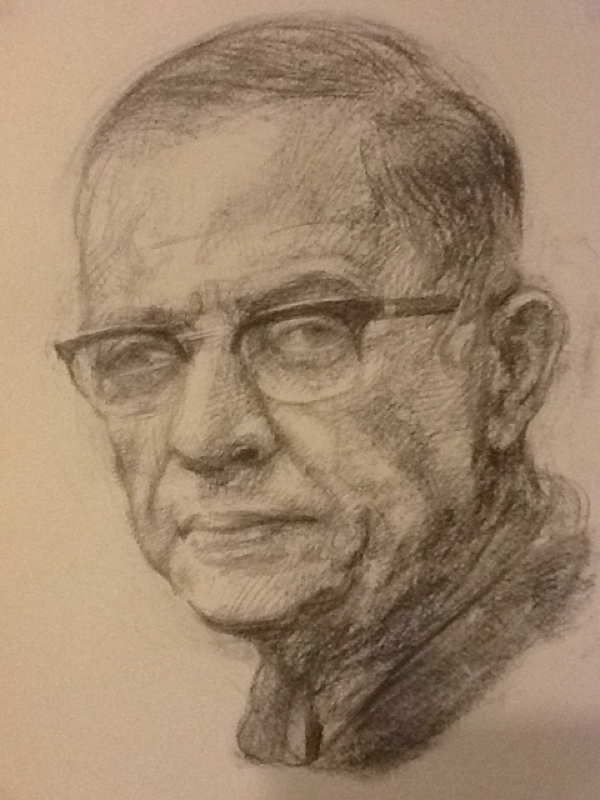
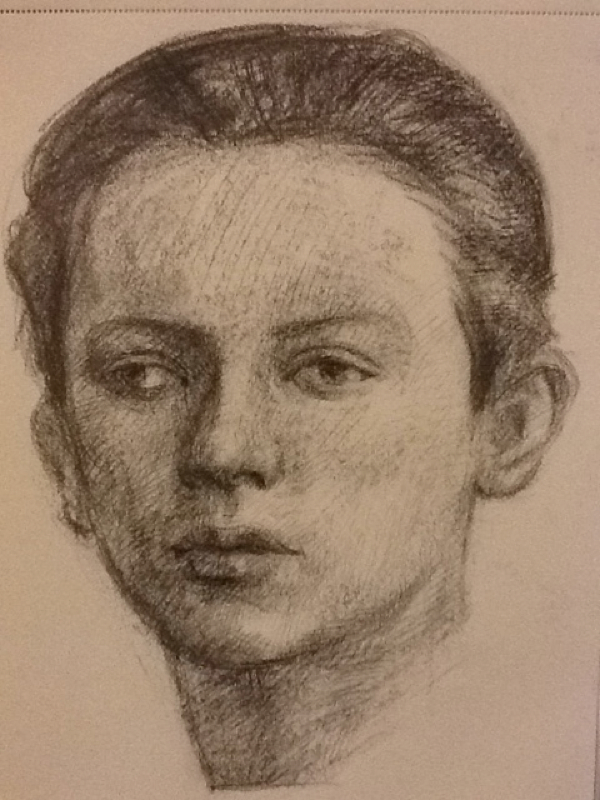
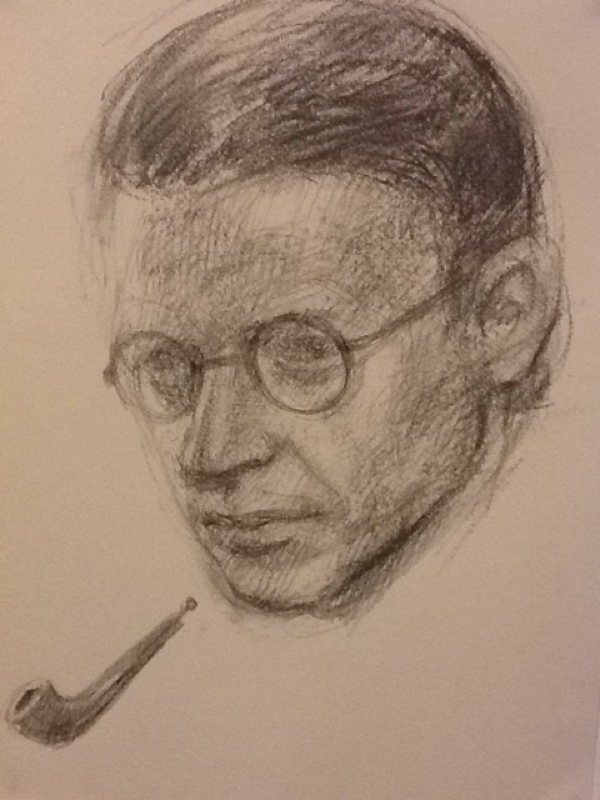
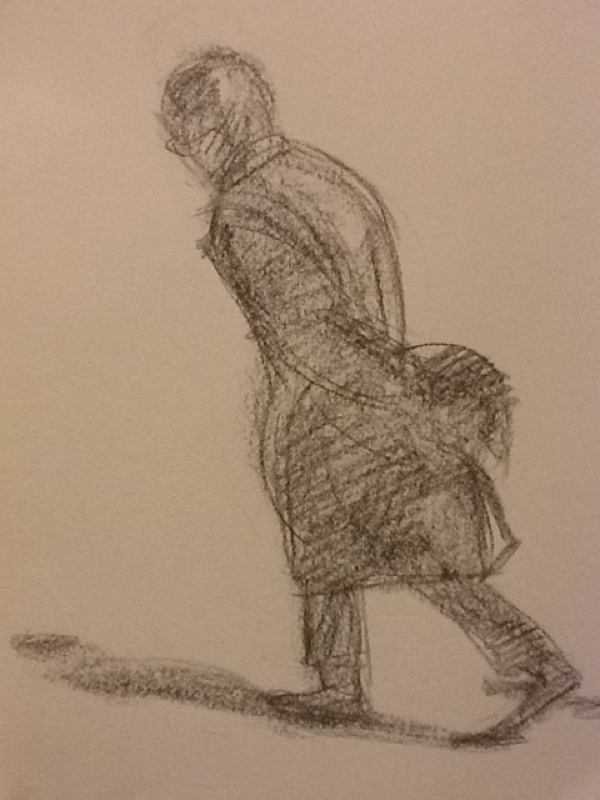
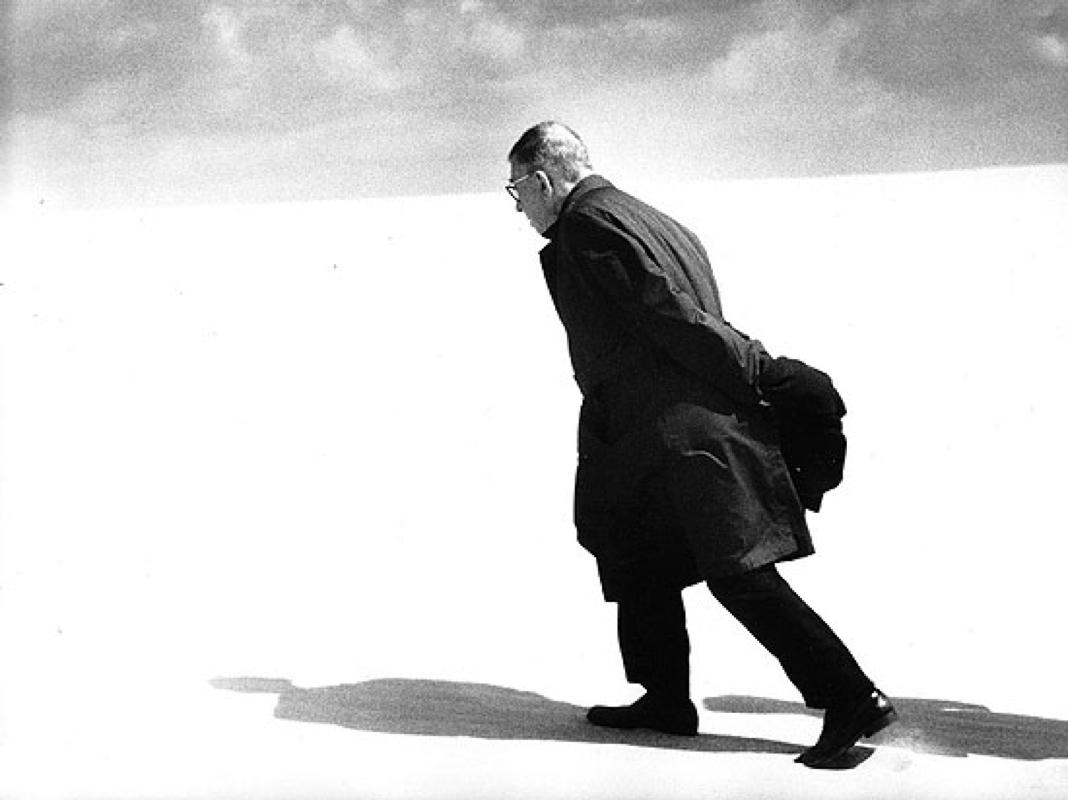
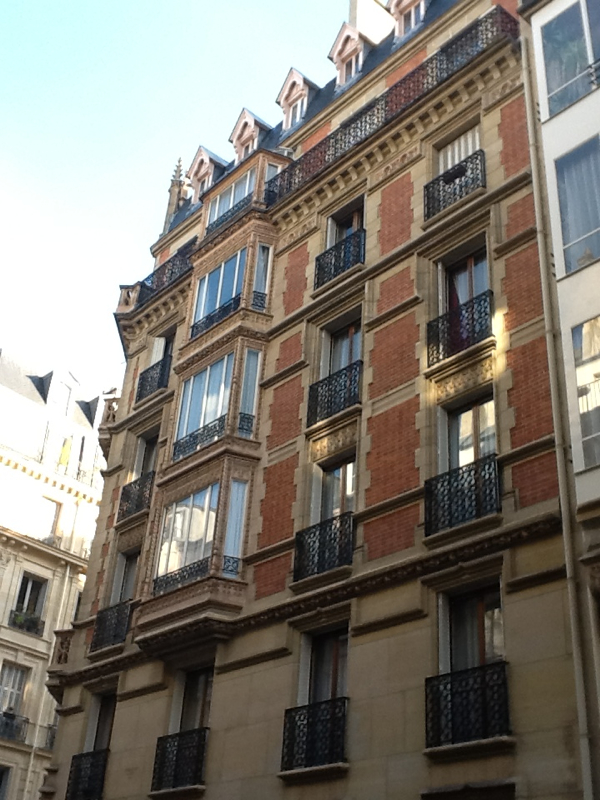
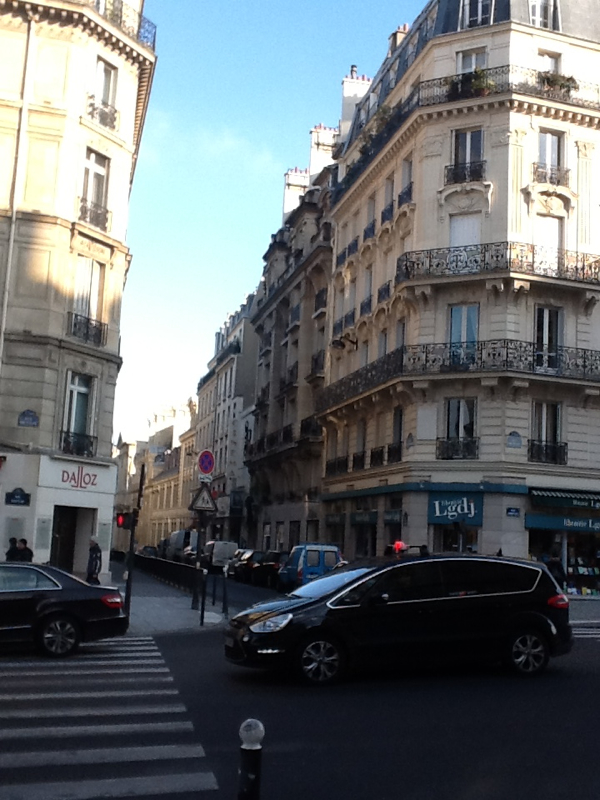
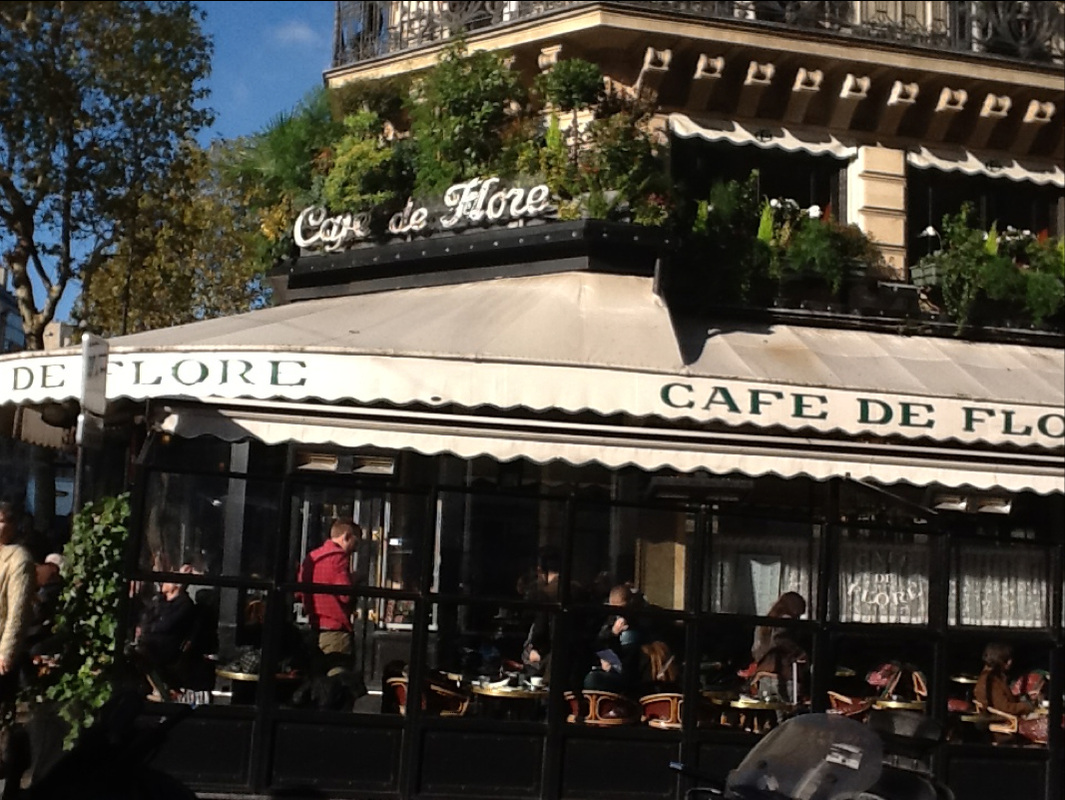
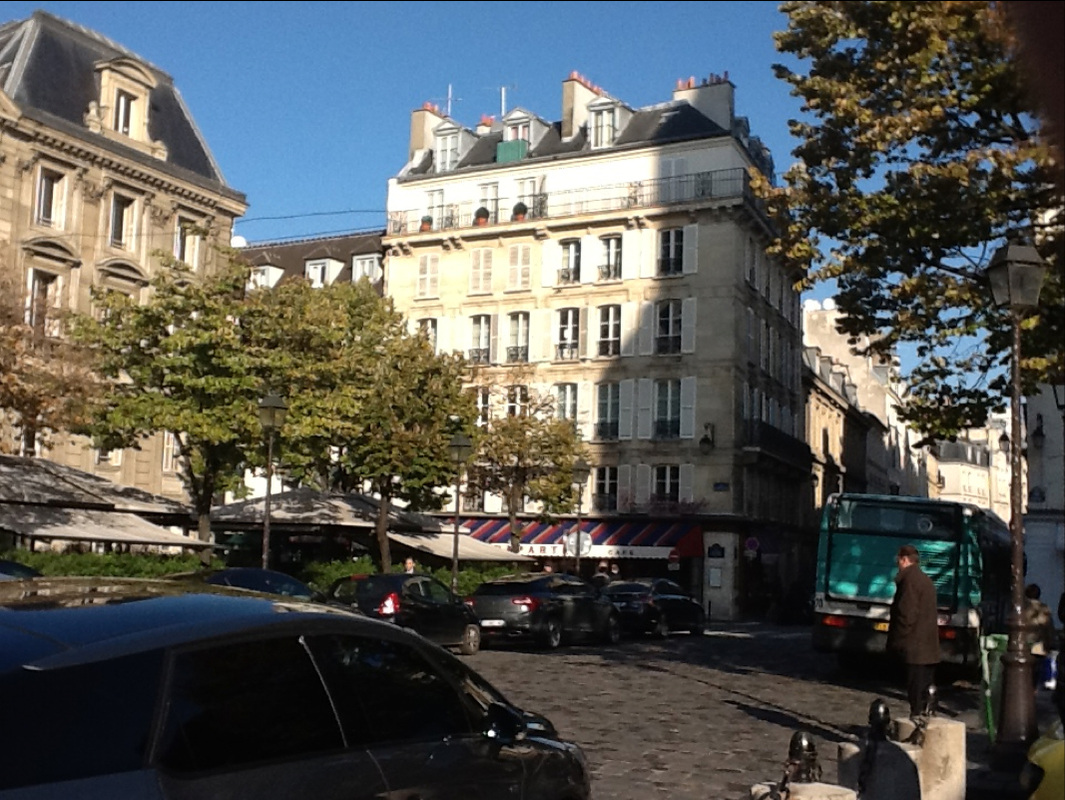
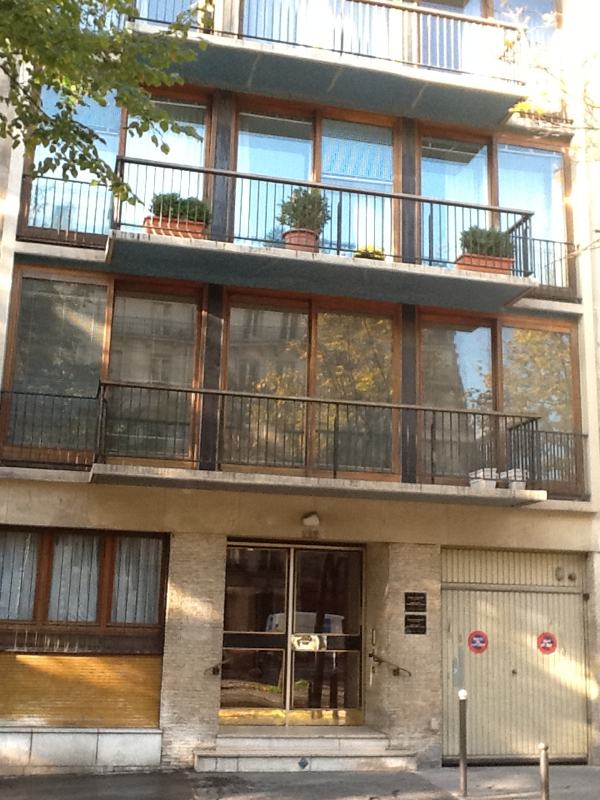
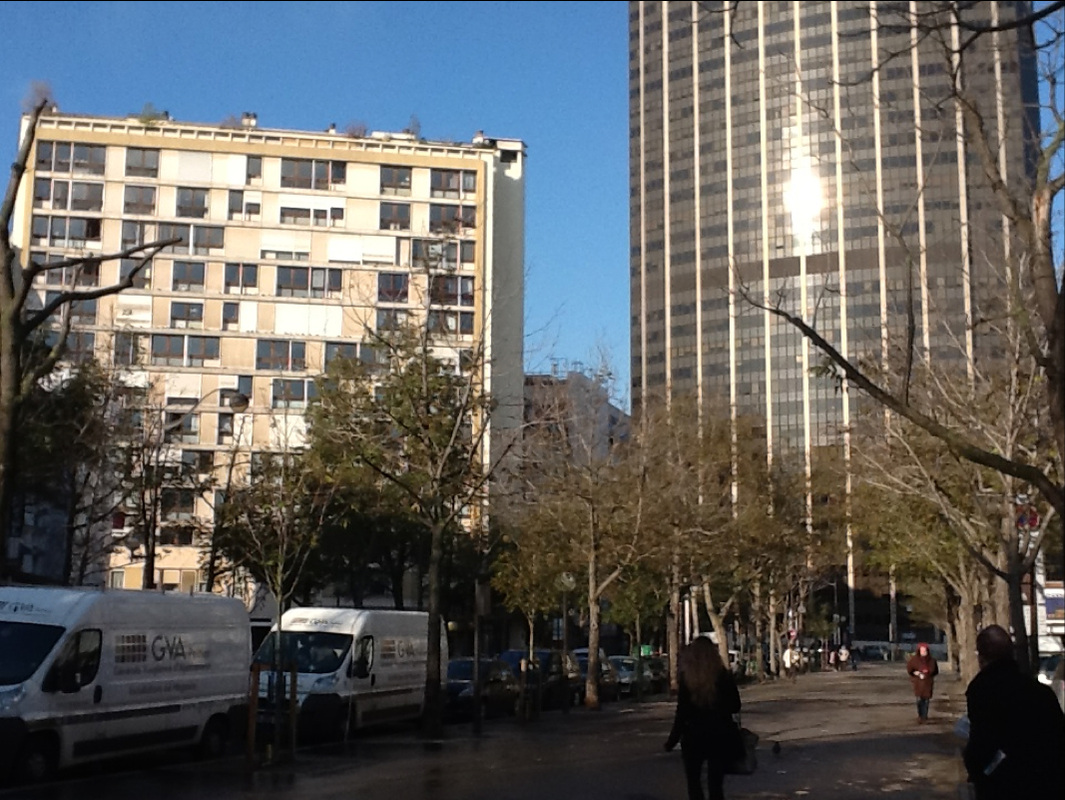
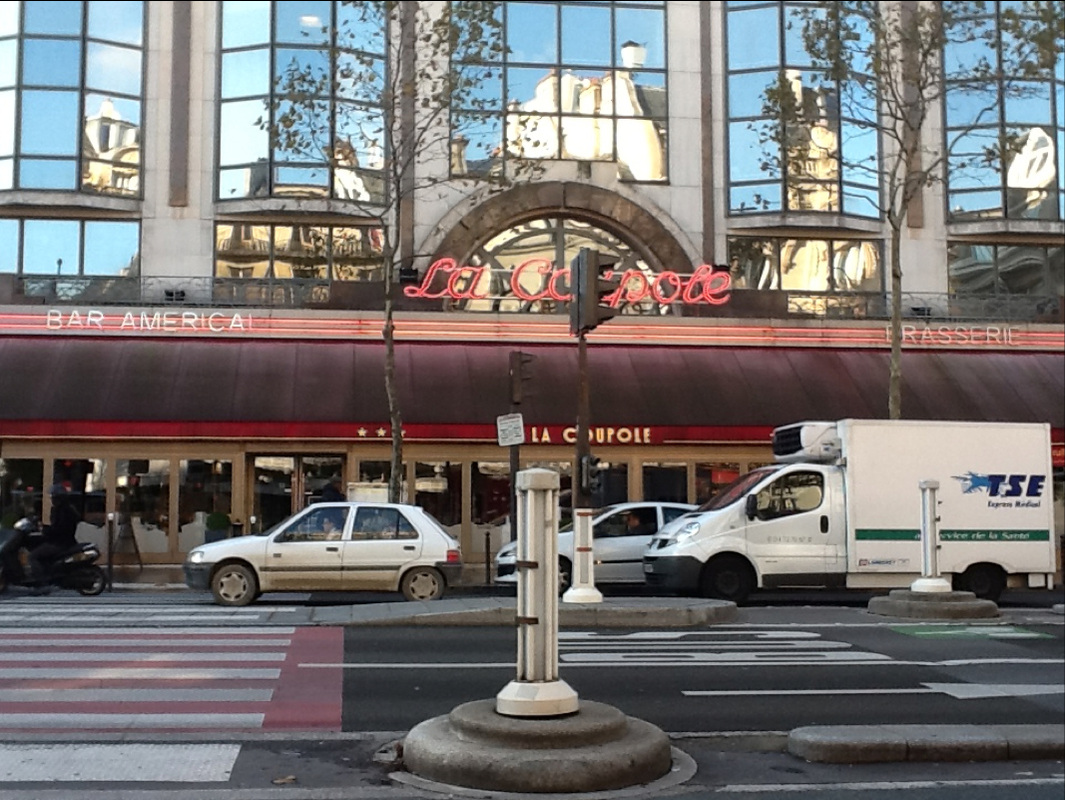
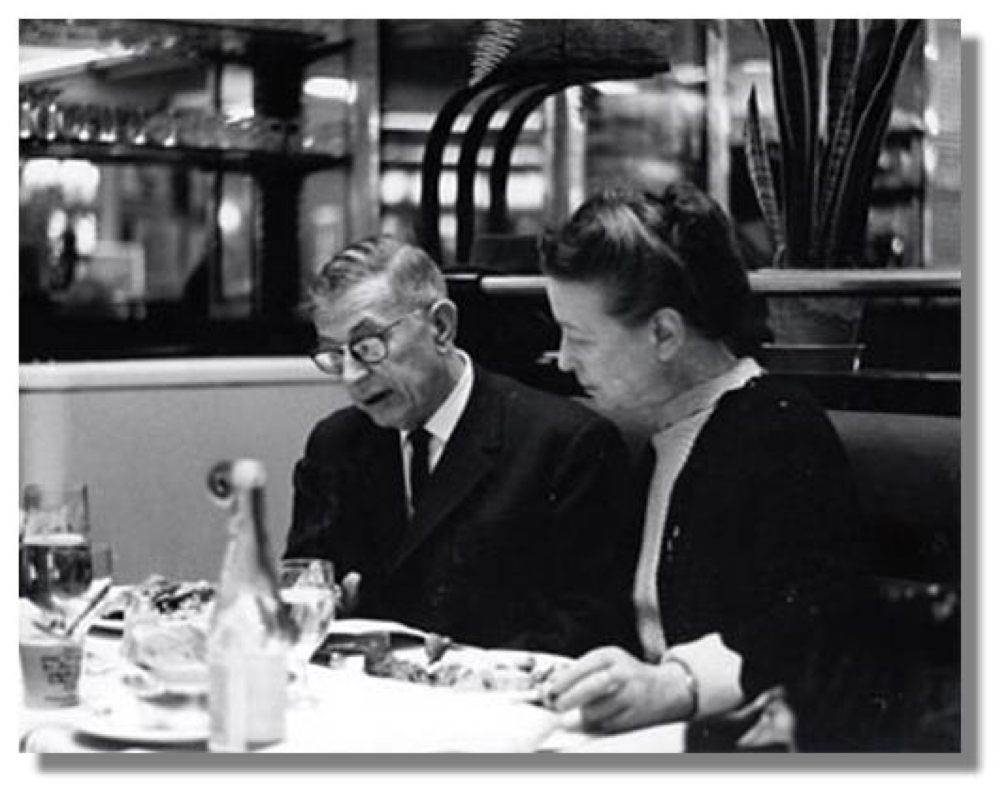
 RSS Feed
RSS Feed